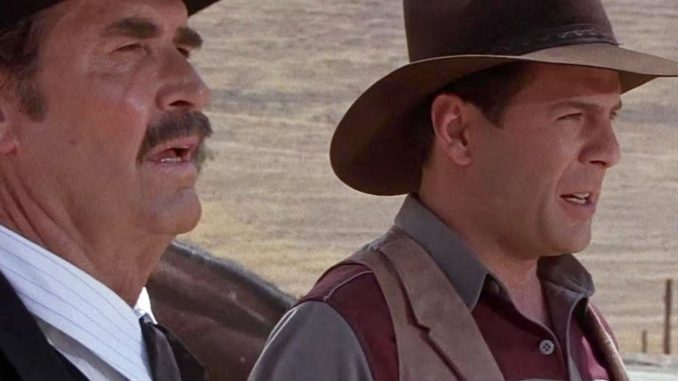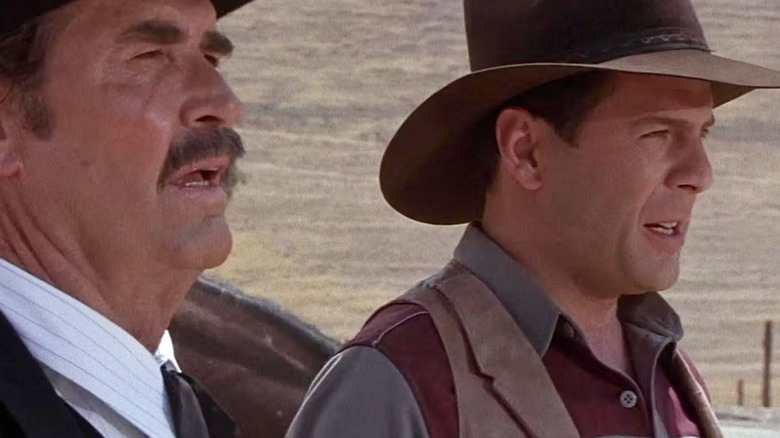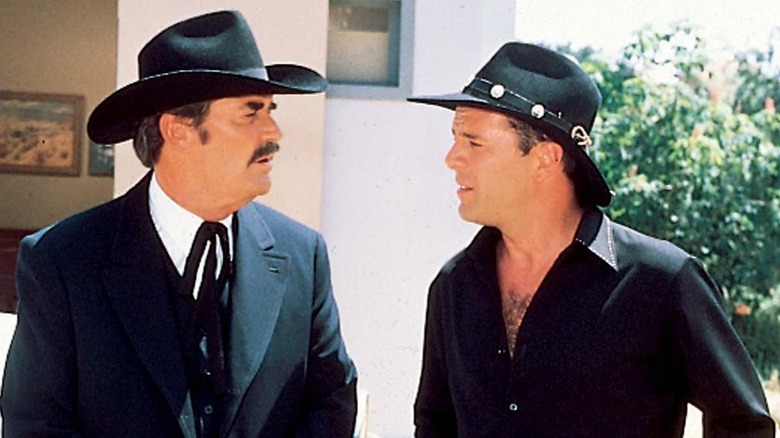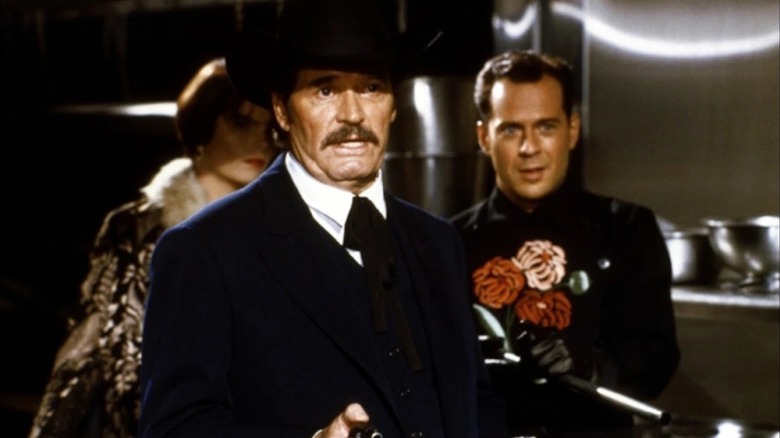
Though the summer movie season of 1988 would not officially begin until the May 20 opening of Ron Howard and George Lucas’ “Willow,” movie buffs hungry for spectacle after enduring an unusually weak spring (led by Tim Burton’s “Beetlejuice” and Oscar-winning holdovers like “The Last Emperor” and “Moonstruck”) were eagerly looking forward weeks in advance of this kickoff and wondering which of the studios’ big-ticket offerings would satisfy as wholly as “The Untouchables,” “RoboCop,” and “Predator” had done the previous year. Amid the glut of mostly unpromising sequels, there were two seemingly sure things (Robert Zemeckis’ “Who Framed Roger Rabbit” and the Eddie Murphy vehicle “Coming to America”) and a smattering of originals toplined by some of the biggest stars in the industry.
And then there was “Die Hard.”
As you likely know, John McTiernan’s classic was initially viewed by some as a looming folly based on 20th Century Fox’s curious decision to pay TV comedy star Bruce Willis a then hefty $5 million to hopefully become the next Stallone or Schwarzenegger. Up until then, Willis had only starred in one movie, Blake Edwards’ zany romantic comedy “Blind Date,” which received lousy reviews while grossing a so-so $39 million on a $16 million budget. Given that it opened a week ahead of the most talked-about television event of the season (i.e. the “Moonlighting” episode in which Willis and Cybill Shepherd finally consummated two years’ worth of simmering sexual tension), the conventional wisdom held that Willis had failed to make the leap to big-screen stardom.
This made “Die Hard” a massive dice roll for Fox, one that wouldn’t be called until the film’s release in July. But three months out from its opening, Willis did have a chance to buoy the studio’s hopes by starring in an off-beat two-hander that toyed with the legend of Western lawman Wyatt Earp. How did that work out?
A less than picturesque Sunset for Bruce Willis
While “Blind Date” was absolutely a late-career misfire from Blake Edwards, he at least exhibited a sense of how to make Willis’ glib David Addison persona work in film. He just needed to find the right material, something that wasn’t so wasn’t so wildly mean-spirited. Maybe try leaning into Willis’ innate likability this time.
Another romantic comedy might’ve done the trick, but Edwards was in a sentimental mood following “Blind Date.” Working from an unpublished novel by Rod Amateau (who’d blessed cinephiles the world over in 1987 as the director and co-writer of “The Garbage Pail Kids Movie”), he banged out the screenplay for “Sunset,” a period 1929 Hollywood comedy in which silent Western star Tom Mix (Willis) teams up with the real Wyatt Earp (James Garner) to solve a murder.
Sounds like fun, right? Though it was panned at the time for being charmless and relentlessly unentertaining, I think it has its moments. The opening scene in Willis performing as Mix in an unnamed Western features some terrific horse-riding stunts (some of the falls are incredibly gnarly), and it’s occasionally a pleasure to see Willis and Garner interact as two very different kinds of legends. It was not, however, a pleasure for Garner, who said the following of his co-star in a 1994 interview with Movieline:
“Willis is high school. He’s not that serious about his work. He thinks he’s so clever he can just walk through it, make up dialogue and stuff. I don’t think you work that way.”
While “Sunset” flustered critics, all that mattered to Hollywood was what the public thought of the film. Did they saddle up and ride out to their local theaters?
Bruce Willis easily survived this box office flop
Tri-Star Pictures released “Sunset” on April 29, 1988, and, well, the good news is that it outperformed the only other new film in the marketplace that weekend: Mick Garris’ “Critters 2: The Main Course” (which, I will say with nary a hint of sarcasm, is the far superior film). The fairly awful news was that it finished sixth for the weekend, coming in behind movies that had been in theaters for up to six weeks (including “Colors,” “Above the Law,” and “Biloxi Blues”). The film’s poor performance scared 20th Century Fox so much it subsequently removed Willis’ mug from the print ads for “Die Hard” while listing his name below the title. That’s how poorly “Sunset” was received.
All told, though, the film didn’t damage anyone’s career. Despite its lavish 1929 period detail (which is flatly shot by Edwards and cinematographer Anthony B. Richmond, who’s a long way from his masterful work on Nicholas Roeg’s “Don’t Look Now”), it only cost $16 million. This doesn’t mean anyone was thrilled with its paltry $4.6 million gross, but this is what they got in 1988 for making a combination Western/showbiz romp — two genres that were very hard sells at the time. Willis went on to become one of the biggest movie stars in the world, Garner worked when he wanted to work (scoring a comeback hit in 1994 opposite Mel Gibson and Jodie Foster in Richard Donner’s “Maverick”), and Edwards bounced back in 1989 (box office-wise, at least) with the ribald sex comedy “Skin Deep.”




Leave a Reply